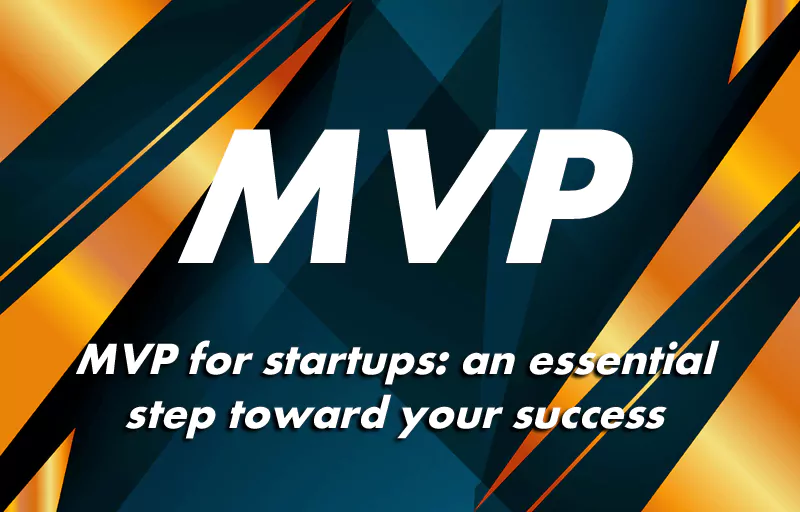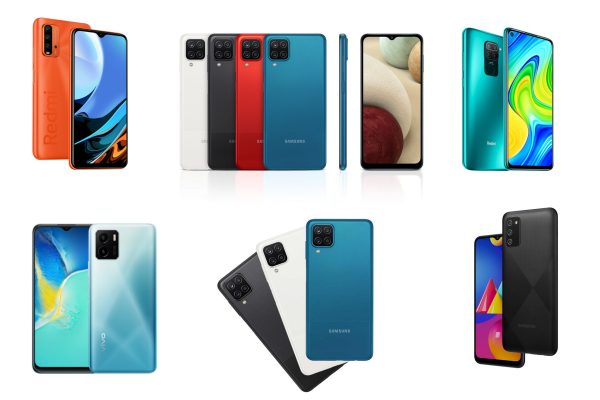Is MVP really needed when creating a startup? Why? How to create it?
Table of Contents
MVP for startups: an essential step toward your success
MVP (minimum viable product) is a product or service at a minimum satisfactory level, which means that it meets the customer’s needs and little else. It is also a good way to develop a startup. Actually, MVP development for startups can tell a lot.
If you’ve ever played a beta game or tested beta software, you know what we mean. MVP is simply a beta version of your company, specifically: what you want to offer customers. The MVP doesn’t even have to be a beta product. It can be, for example, a mockup, a prototype that can be clicked but is only a simulation of a given solution, or even a video discussing what you are going to do.
In the case of a Minimum Viable Product, the main thing for the entrepreneur is to find out whether his product gains real interest from customers. And, more importantly, whether customers can pay for it at a later stage.
This type of work allows you to accurately assess whether it is worth investing time and money in creating the final product or service or whether the market does not confirm our concept. If not, we can move on to testing the next idea without wasting resources, creating something that wouldn’t be a business success.
Three proven ways to Minimum Viable Product
Here are three possible methods for creating an MVP. Importantly, they do not require too much technical knowledge – the entrepreneur can master the individual tools if he devotes some time to them. If you are looking for a more beautiful and detailed MVP, consulting professionals (and possibly getting professional help) is a must.
Method 1. MVP as a Landing Page
One way to create an MVP is to use a landing page where the user will be able to leave their email address and provide feedback by completing a survey. When you create a landing page, add codes from Google Analytics to it (it’s a tool that analyzes website traffic). Then you drive traffic to your landing page, usually through advertising, and track how many people come to the page and what percentage leave their emails.
If the conversion rate on the website is at least 5%, i.e., 5 out of 100 users leave an email, this is a good result. Ideally, the result should be 10% or higher, but 5% is still a good result.
If it’s less than 5%, it’s a sign that you’ve either created a low-performing landing page, or you’ve sent the wrong audience to your page, or you’ve offered a poor email solicitation. Well, there’s also a chance that your business idea just wasn’t right.
What can you offer in exchange for an email? It depends on the business and industry in which you operate. Examples include an ebook, video course, free consultation, etc. Ideally, it will be something that applies to your product as well as the industry you operate in. For example, a company that wants to sell online security services may offer an ebook with tips on how to secure your smartphone so that no one steals your data and how to ensure your online privacy.
If you decide to test MVP only with a landing page, remember that this is more of a simulation than a real test. Reason? The landing page does not give the user any product, even in a minimal version. Rather, it’s about demonstrating what’s possible: the problem can be solved, and you’re encouraging the user to learn more about it.
Developing a good quality landing page is part of the so-called proof of concept, i.e., confirmation of a specific business concept. The more email addresses you can collect, the greater the proof that the concept is valid.
Method 2. MVP as an explainer video
The second option is to create an explainer video and then place it on a landing page along with an email form and a survey. This is the same method as described above, except that it also includes a movie. Why a movie? Because video significantly increases the level of conversion – by approximately 80%.
Many startups took their first steps in this way. When it launched, Dropbox posted a video on the website showing how the service for storing and sharing files online would work. So there was no working tool at first, just a demonstration video. And the results were great – Dropbox got 5,000 emails, and that was the best proof that people like the idea and would like to use such an application. It was an excellent proof of concept.
When you decide to prepare an explainer video to explain how your product or service works, we suggest that you prepare an animated version. It is much easier to put together a film from ready-made elements and record a voiceover and add voice to the film than to create a whole with real actors and then carry out editing – the latter option is much more expensive and time-consuming.
Method 3. Fragmented MVP
This is a very interesting way to create an MVP. It means that you develop a given service using a combination of different types of third-party tools that work together and deliver what you care about. For example, you can create a website on WordPress, then connect a number of different types of plugins to it, and after hours of work by trial and error, create an MVP that will perform a complex task. However, you are not creating an optimal version of the product here; rather, you are making a golem. The end result, however, is that it works!
Start with discernment. Write down what you need, then look for the right tools. We provide a list of websites and services that combine various mechanisms, plugins, and applications. Thanks to them, you can create some kind of automated scenarios, e.g., if the user enters the website and leaves his email, he will automatically receive a message with access to another website, and then (if he performs a specific action on it) he will receive another notification, etc. Everything depends on what exactly you want to develop, so we can’t recommend just one service – сheck what each of them has to offer and choose the one from which you can make your MVP: Zapier.com, Automate.io, Apiant.com, Flow.microsoft.com, Integromat.com, Ifttt.com, Appian.com, Bubble.io, Airtable.com, Appypie.com.
The services differ in price but also in functionality. Some allow you to combine less-known tools or provide great cooperation between tools from the same company (e.g., Microsoft or Google). Others allow you to create a great prototype or even the first version of a given application. We wish you successful testing of business hypotheses!
Also Read: Enhancing the Website Experience to Boost E-commerce Sales











